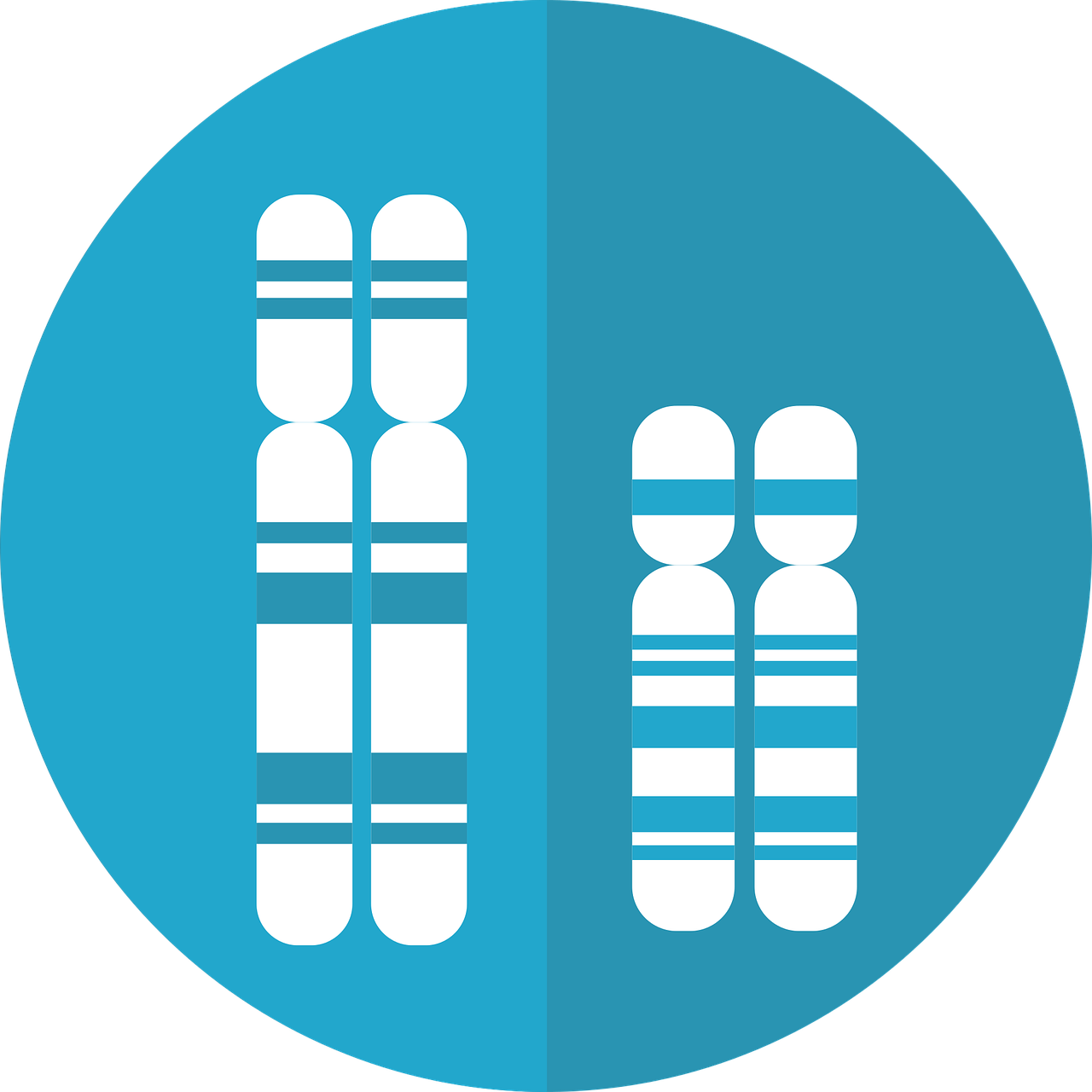Distinguishing amplification artifacts from biologically derived somatic mutations in single-cell sequencing data
/Linked-read analysis identifies mutations in single-cell DNA-sequencing data
Craig L. Bohrson, Alison R. Barton, Michael A. Lodato, Rachel E. Rodin, Lovelace J. Luquette, Vinay V. Viswanadham, Doga C. Gulhan, Isidro Cortés-Ciriano, Maxwell A. Sherman, Minseok Kwon, Michael E. Coulter, Alon Galor, Christopher A. Walsh & Peter J. Park
Nature Genetics (Research Article)
Whole-genome sequencing of DNA from single cells has the potential to reshape our understanding of mutational heterogeneity in normal and diseased tissues. However, a major difficulty is distinguishing amplification artifacts from biologically derived somatic mutations. Here, we describe linked-read analysis (LiRA), a method that accurately identifies somatic single-nucleotide variants (sSNVs) by using read-level phasing with nearby germline heterozygous polymorphisms, thereby enabling the characterization of mutational signatures and estimation of somatic mutation rates in single cells.





















